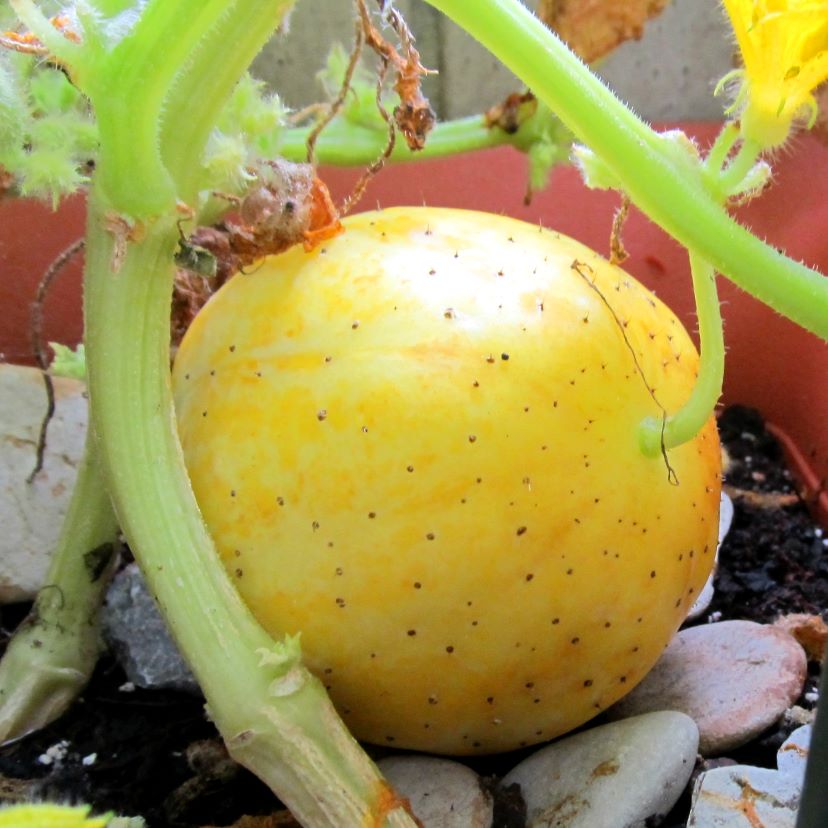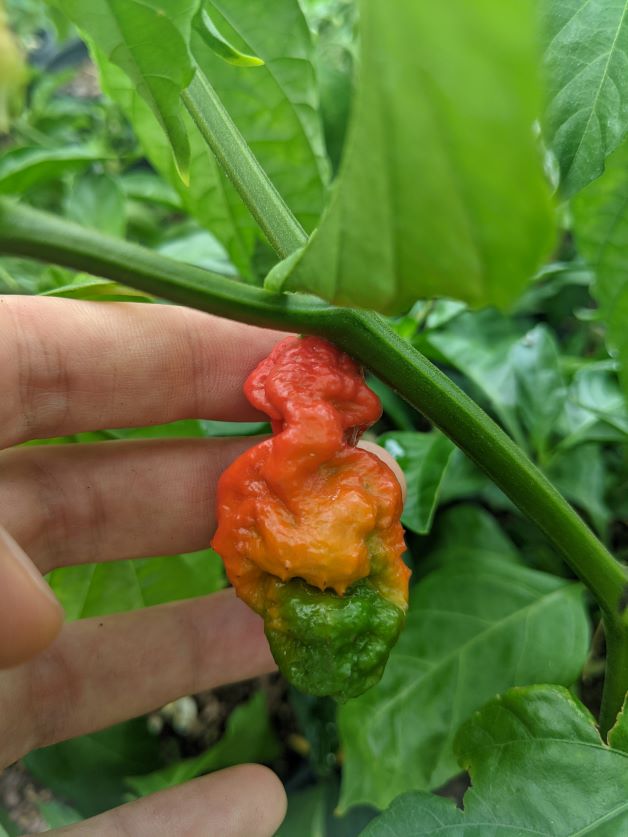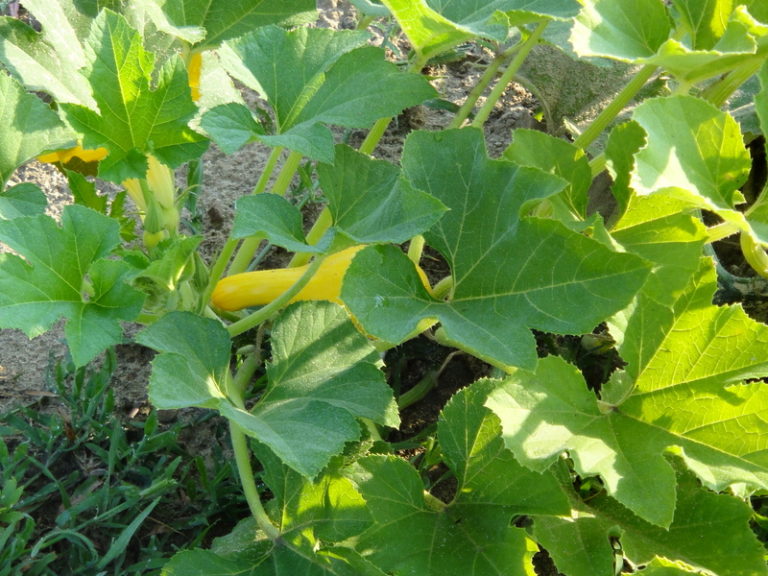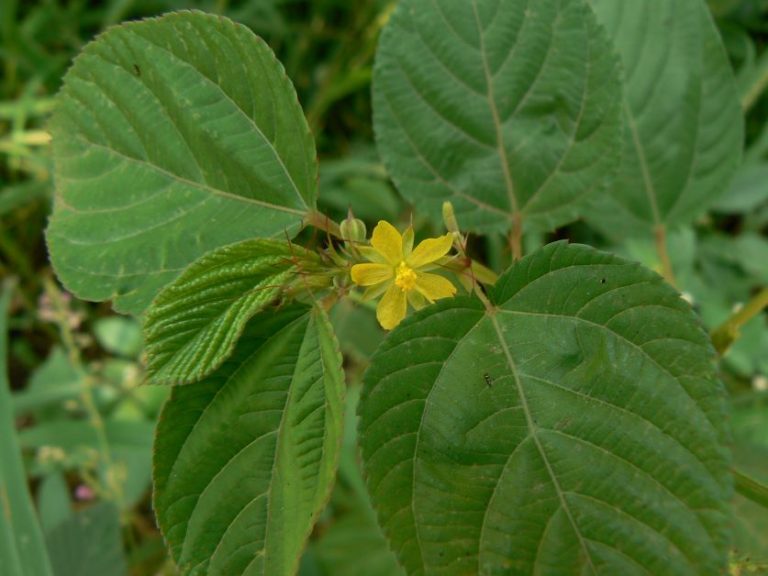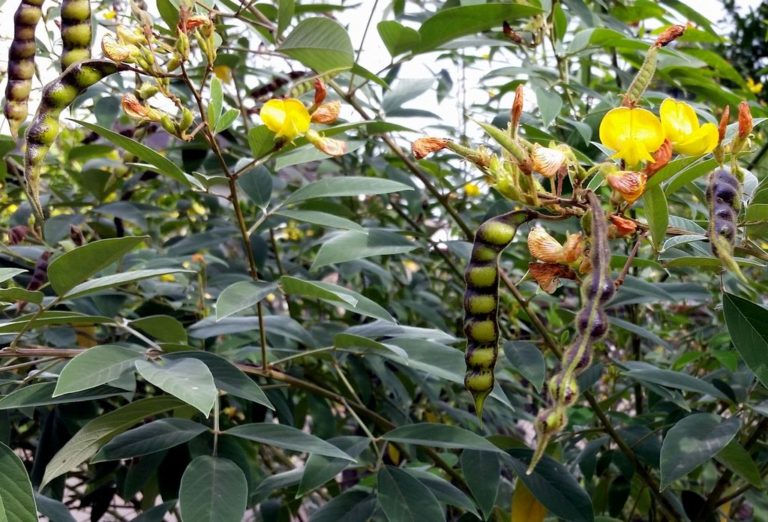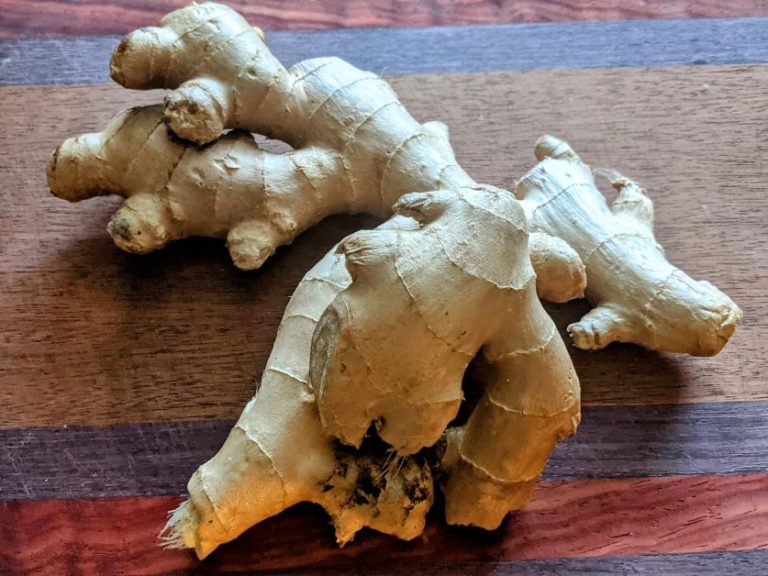Lemon Cucumber Growing Guide
Lemon cucumbers have an interesting history. Back in 1909, a less-than-honest salesman went door to door to sell his new wonder crop: the lemon cucumber. For $1, you could buy your very own seed that was guaranteed to give you a fruit that’s half Florida orange and half cucumber! Adjusted for inflation, that seed would set you back a whopping $32.12 today.
Unfortunately for the swindled, lemon cucumbers are just that: cucumbers. This variety got its name because it looks like a lemon, not because it tastes like one. Don’t be too disappointed, though. Even if they aren’t some freaky veggie-fruit hybrid, lemon cucumbers are an awesome addition to the Florida garden because of their lower levels of cucurbitacin. This naturally-occurring compound is what makes cucumbers taste bitter when they’re grown in weather that’s too hot, too cold, or too dry.
Growing lemon cucumbers is easy, especially when you have a cheat sheet. This lemon cucumber growing guide will tell you everything you need to know to add some novelty to your garden this season.
When to Plant Cucumbers in Florida
[table id=23 /]
How to Plant Lemon Cucumbers
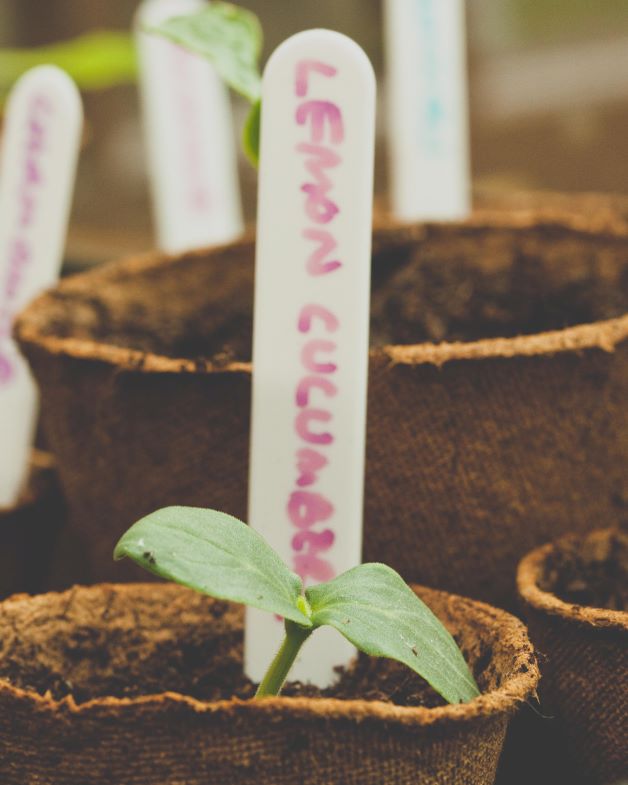
You can direct sow lemon cucumbers or plant them as transplants. When transplanting, be very careful because cucumbers have a delicate root system. They also don’t take well to transplanting if they’re too old. Wait until your plant has 2 true leaves before transplanting, but don’t wait much longer than that.
How to Plant Lemon Cucumbers as Transplants:
- Fill a seed starter tray with high-quality potting mix.
- Plant 2 lemon cucumber seeds per cell, keeping 1 seed on each side. Not all seeds will germinate, and planting more than 1 seed per cell will increase your chances of growing enough seedlings.
- Water your tray and keep the soil moist but not soggy.
- Keep your tray in a sunny spot and around 75F.
- Seeds should germinate in 1 to 2 weeks.
- After your seeds germinate, harden them off by gradually increasing the amount of sunlight and wind they get each day.
- After your seedlings have developed 2 true leaves, carefully transplant them into their prepared planting site. Be sure to dig your hole before taking your seedlings out of their tray. The less time the roots are exposed to the air, the better.
- Water your seedlings directly after transplanting.
- As your cucumber plants grow, gently guide the vines up its trellis.
How to Direct Sow Lemon Cucumbers:
- Prepare your planting site by using the soil guide below.
- Plant your seed ½ inch into the soil, following our spacing guidelines.
- Water your seeds and keep the soil moist but not soggy.
- Your seeds should germinate in 1 to 2 weeks.
- As your cucumber plant grows, gently guide the vines up its trellis.
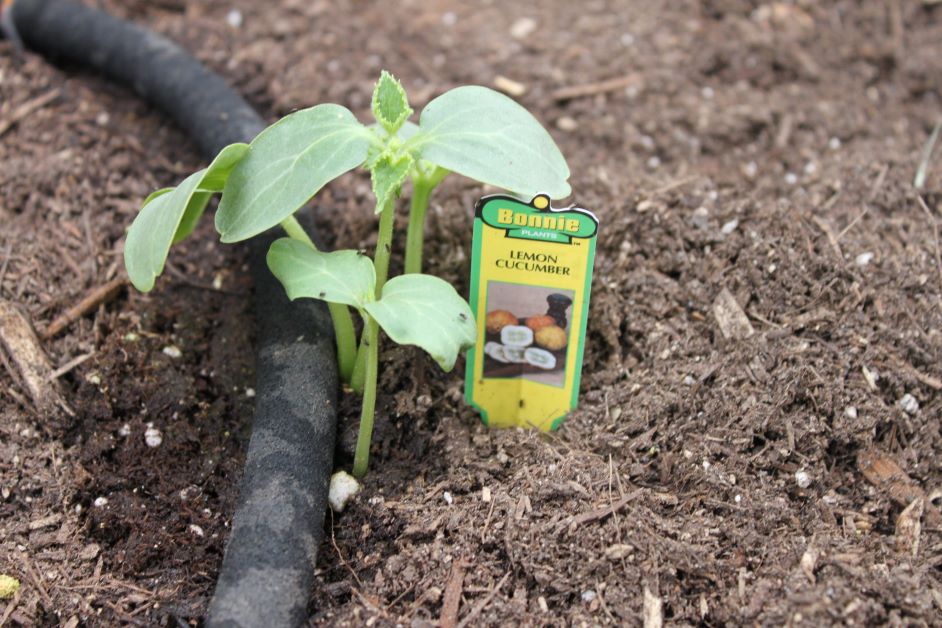
Lemon Cucumber Growing Conditions
Temperature and Humidity
The ideal temperature for lemon cucumbers is between 70F and 90F. As long as you plant them in the right part of the year, Florida’s heat is usually not a problem for this variety. The hardest thing to deal with when it comes to growing cucumbers in Florida is our humidity. Florida’s extra balmy environment wreaks havoc on cucumbers in the form of fungal diseases. For this reason, you avoid growing cucumbers during the late spring and summer when the humidity is highest.
Light
Lemon cucumbers are full sun and need 6 to 8 hours of light a day. If you’re growing your cucumbers in very hot conditions, then they’ll benefit from some shade in the afternoon.
Water
Cucumbers need a good amount of water, so keep their soil moist but not soggy. Under-watering your cucumber plants will make the fruit bitter. Give your cucumbers at least 1 inch of water a week, more if it’s especially hot.
One of the most important things to remember when watering your cucumbers is to keep as much water off the leaves as you can. Soaking your cucumber leaves will cause your plant to contract powdery mildew. Also, water your cucumbers in the morning instead of at night. Watering your garden at night will make your garden soggy and a soggy garden is a target for slugs, fungus gnats, and disease.
Soil
Cucumbers need rich, well-draining soil that is full of organic matter. They also prefer a soil pH between 6.8 to 7.2.
If you’re growing your cucumbers in the ground in Florida, chances are your soil is sandy and nutrient deficient. 2 weeks before planting, amend your soil with plenty of oak leaf compost or aged manure. If your soil is particularly bad, you may want to opt for growing lemon cucumbers in a container or raised bed.
Spacing
Space your lemon cucumbers 18 to 36 inches apart.
Fertilizer
Fertilizer your cucumbers 1 week after you start to see flowers and once a month after that. Use organic 5-10-10 fertilizer. 5-10-10 is perfect because it’s lower in nitrogen. Too much nitrogen will cause your cucumber plant to produce more foliage instead of fruit. Follow the directions on the package to make sure you don’t accidentally burn your plants.
Pruning
No matter how careful you are, there is almost a 100% chance that your lemon cucumber plant will contract a fungal disease when you’re growing in Florida. As your plant matures, remove foliage that is heavily infected with powdery or downy mildew to stop it from spreading.
When you’re pruning multiple plants at a time, always remember to disinfect your scissors when moving from 1 plant to another. If you don’t, you can spread the disease.
Harvesting

Lemon cucumbers are a fast-growing plant that only takes 60 days to go from seed to harvest. The more you harvest your cucumbers, the more your plant will produce.
Pick your lemon cucumbers when they’re about the size of a tennis ball. Don’t be alarmed by the black pricklies – this is normal and they’ll come off with a good wash.
Growing Lemon Cucumbers Vertically
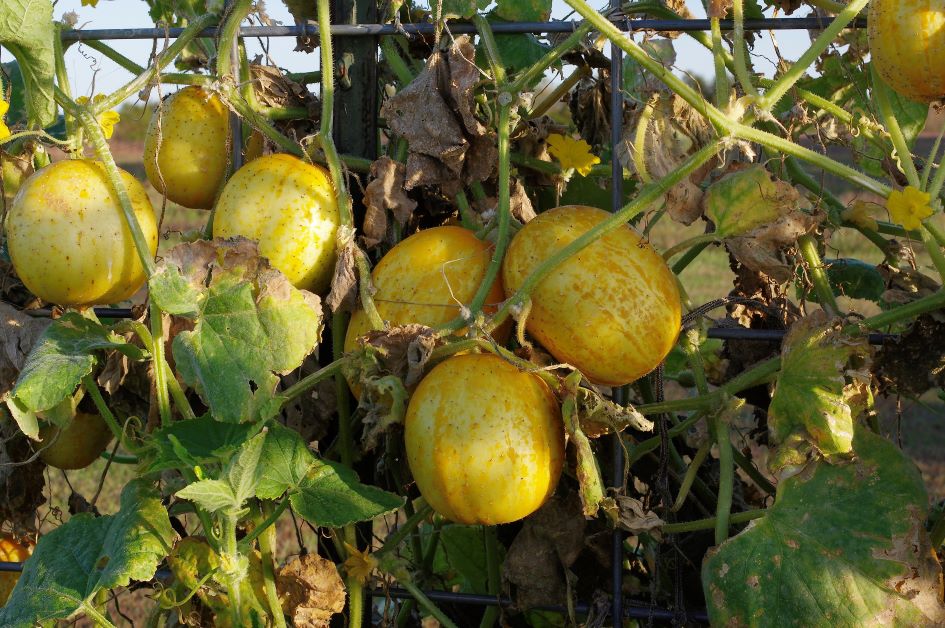
As a vining variety, lemon cucumbers growing on a trellis have a better yield and are healthier overall. You have a few options when it comes to trellising lemon cucumbers – my 2 favorite ways are to use a panel-style trellis or an A-frame style trellis.
Using a paneled trellis is better for gardeners who don’t have a lot of square footage – panels aren’t as wide as an A-frame. The downfall to using a panel-style trellis when growing cucumbers, however, is that your plants don’t have as much room to spread. Crowded cucumber vines tend to be a target for pests.
An A-frame trellis takes up more room in the garden but also gives your cucumber plants more space since they grow up and then over. If you can, use an A-frame trellis but if that’s not possible panels work fine, too. Just keep an extra eye on your cucumbers for pests and diseases.
When growing a lemon cucumber vertically, make sure to install the trellis next to the plant instead of transplanting the plant to the trellis. Like all cucurbits, cucumbers don’t like to be transplanted. If you attempt to transplant a cucumber plant when it’s already established, it’ll almost certainly die.
Can You Grow Lemon Cucumbers in Containers?
Yes, you can grow lemon cucumbers in containers. Use 1-gallon containers filled with high-quality potting mix. Ensure your soil is well-draining and that all holes are drilled at the bottom of your container.
Growing lemon cucumbers in a container will take a little more vigilance than if you grow them in the ground. This is because cucumbers grown in containers tend to dry out quicker. No worries, though – growing lemon cucumbers in a pot is still not hard to do. Just be sure to do the soil touch test every day. Stick your finger into the soil and if it’s dry up to your 2nd knuckle, give your cucumber some water.
Instead of using liquid or granular fertilizer, you should use fertilizer spikes when growing a lemon cucumber in a container. A fertilizer spike will feed your plant over time – other types of fertilizers tend to wash out of soil via a container’s drain holes.
Lemon Cucumber Troubleshooting
Pests
Pickle Worms
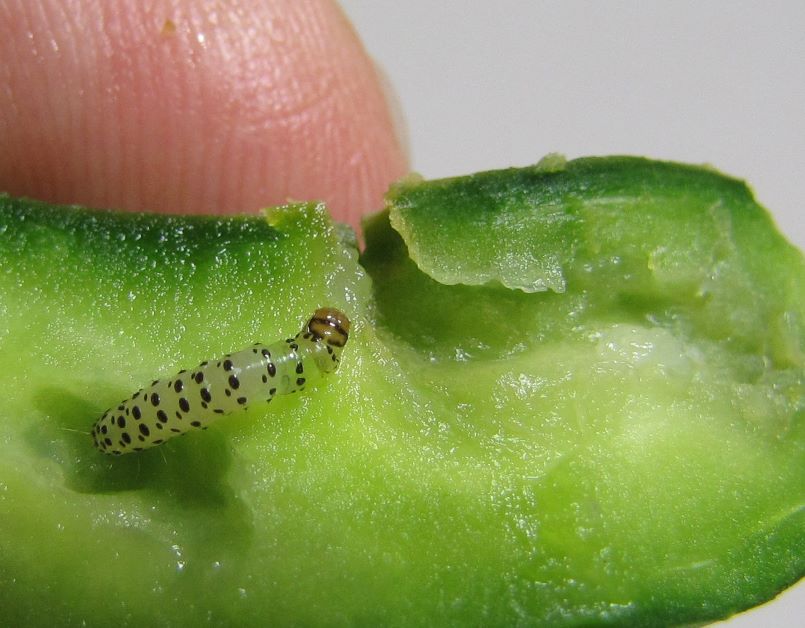
- Looks like: small green worms that use webbing to create pockets in leaves
- Damage: eats holes through your cucumbers, making them inedible; chews holes through the foliage
- Treatment: scout and pick off by hand; bT Monterey if the infestation is bad
Aphids
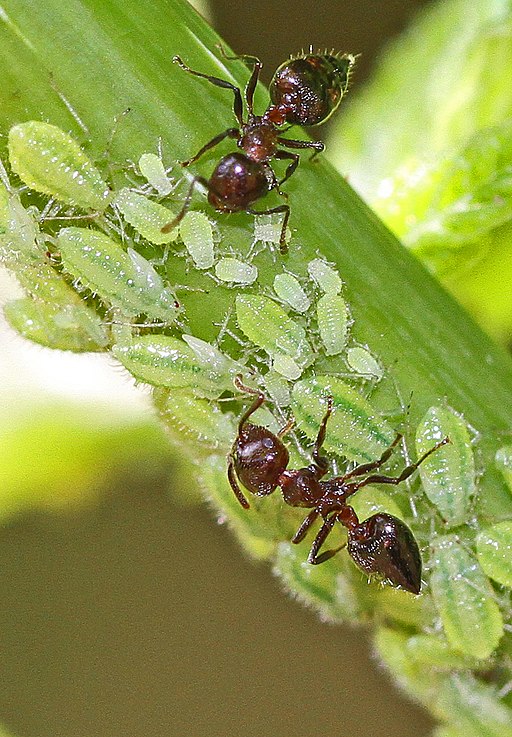
- Looks like: small insects that hide under leaves; usually accompanied by ants
- Damage: pierces holes in leaves and stems to suck out nutrients
- Treatment: spray the aphids with a quick blast of water; treat for ants
Cucumber Beetles
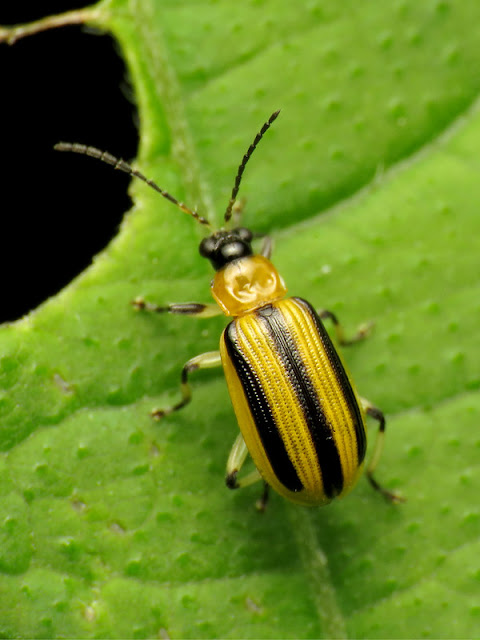
- Looks like: yellow beetles with black stripes or black polka dots
- Damage: chews through foliage and fruit
- Treatment: cucumber beetle traps; beneficial nematodes; crop rotation; soaking soil in spinosad to kill larvae
Squash Bugs
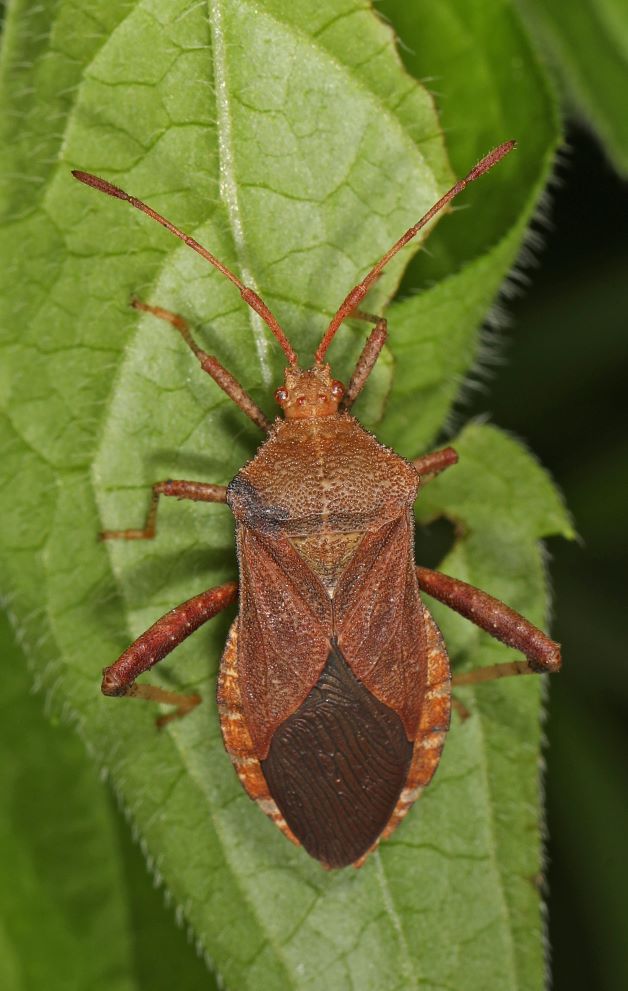
- Looks like: brownish-grey and oval-shaped; long antennae
- Damage: pierces holes in leaves and stems to suck out nutrients; spreads disease
- Treatment: squash bugs are resistant to most pesticides so pick them off by hand
Vine Borers
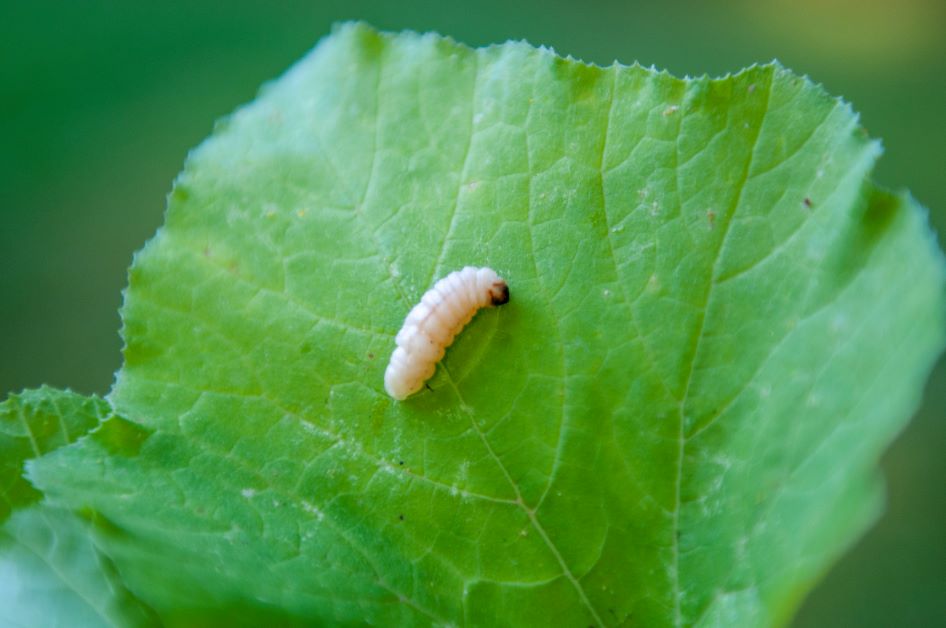
- Looks like: brown oval-shaped eggs at the base of your plant; maggot-like larvae; sawdust material in your garden bed
- Damage: larvae bore holes through your vine and lay eggs; plant death
- Treatment: once a vine borer gets in, there’s usually nothing you can do; wrap the base of your vines in tin foil to stop borers from getting inside
Diseases
Powdery Mildew
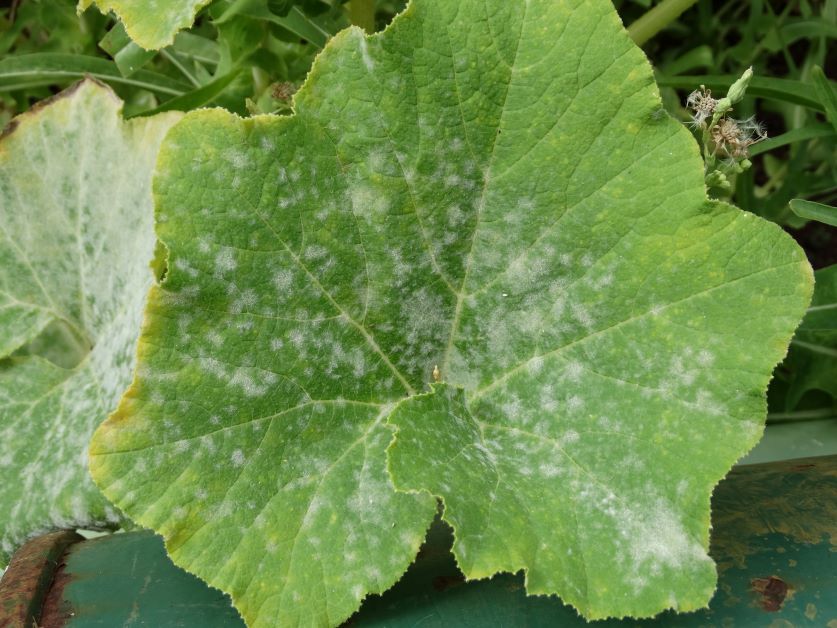
- Looks like: white patches of white, dusty mold on leaves and stems; entire leaves look like they’re covered in white dust in extreme cases
- Damage: flowers will fall off; underdeveloped fruit; generally unhealthy plants; plant death
- Treatment: prevent by keeping leaves dry and spraying organic copper fungicide early in the season; remove infected foliage; remove debris from garden beds; make sure plant gets enough sun and airflow
Downy Mildew
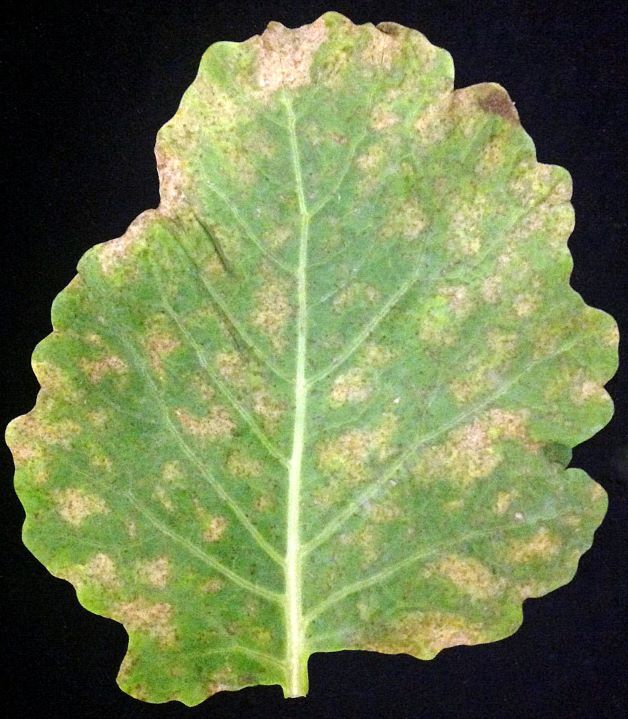
- Looks like: brown patches on leaves; leaves may turn crispy and fall off; patches of blue-ish white mold under leaves
- Damage: flowers will fall off; underdeveloped fruit; generally unhealthy plants; plant death
- Treatment: prevent by keeping leaves dry and spraying organic copper fungicide early in the season; remove infected foliage; remove debris from garden beds; make sure plant gets enough sun and airflow
Featured Image Photo Credit: F A

